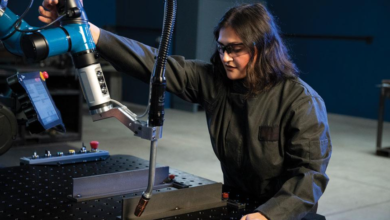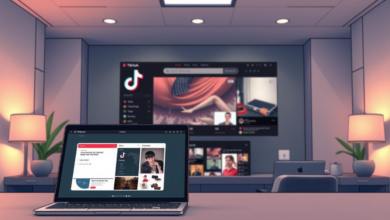Top Skills You’ll Learn in a VLSI Physical Design Course

As industries change and advance, specialization in VLSI Physical Design is crucial for engineers looking to develop the next generation of microchips. As an undergraduate or even as a professional looking for further educational opportunities, enrolling in a VLSI Physical Design Course opens the door to a prosperous career in chip design.
An example of a good VLSI Physical Design Course is Mosartlabs, which utilizes an industry-focused curriculum and specializes in practical learning. Physical design comprises a range of skills. Let us evaluate the most important skills you get acquiring that make the course essential for engineers.
1. Floorplanning and Placement Techniques
Every effective physical design commences with good floor planning. You will learn to arrange different functional blocks to capture the most layout area while enhancing chip operations. A good course on VLSI Physical Design will ensure that you understand block placement, aspect ratio optimization, and even congestion analysis.
2. Clock Tree Synthesis (CTS)
Every synchronous chip will require a backbone clock tree circuitry. With CTS, students learn to balance clock signals with the chip to reduce skew and latency. You will master H-tree, fishbone, clock gating, and other essential timing performance techniques.
3. Routing Strategies
Routing means linking together various parts of a chip using metal layers. There is a course offered by Mosartlabs that teaches detailing and global routing, along with some tools and algorithms, and their application. You will learn how to manage routing congestion and design rule compliance.
4. Static Timing Analysis (STA)
Another one of the core competencies of any physical design engineer is STA. In this course, you will learn how to evaluate timing paths, setup and hold analysis, and timing closure optimization. These capabilities are essential to guarantee that the chip operates efficiently and is devoid of multi-functional failures or timing dysfunctions.
See also: Revolutionizing Entertainment in Sweden: The Rise of Nordic-IPTV
5. Design Rule Checks DRC and Layout Versus Schematic (LVS)
Verification is the last step of the physical design cycle, and it is equally important. You will learn the DRC and LVS, two processes that ensure the layout is as per the schematic and respects the design rules posed by hierarchy levels and logic blocks interfacing. This guarantees the design is ready for fabrication.
6. Power Planning and Optimization
There is an increasing need for DRCs and for devices to be power-efficient, making power planning a necessity. Mosartlabs’ curriculum includes essential topics like power grid design, IR drop analysis, and strategies for optimizing leakage power that highlight the need for efficient power planning.
7. Using Tools From the Industry
A good VLSI physical design course will give you hands-on exposure to industry-standard tools like Cadence, Synopsys, or Mentor Graphics. Mosartlabs stands out by offering industry-relevant training and tool-based instruction, simulating real-world job environments.
Why Choose Mosartlabs?
Mosartlabs is not just any training provider. They are known for the combination of top-notch instructors, real-world design projects, and blending training with industry standards. With courses designed for all levels, learners are transformed into job-ready engineers.
Conclusion
Mastering physical design is a must, whether you aspire to work for a semiconductor behemoth or a rapidly developing startup. A VLSI physical design course not only provides you with the core skills needed for the industry but also instills the confidence to face real-world chip design problems. With the right mentorship, like from Mosartlabs, you can establish a strong foundation for a thriving VLSI career.
FAQ’s
Q1. What is the duration of a typical VLSI Physical Design course?
A: Most courses, including those at Mosartlabs, are between 8 to 12 weeks based on the course’s depth and whether it is part-time or full-time.
Q2. Do I need prior VLSI knowledge to enroll?
A: It helps to know the basics of digital electronics and CMOS, but it is not compulsory. For beginners, Mosartlabs has introductory modules.
Q3. Will I get practical training on industry-standard tools?
A: Mosartlabs offers training on industry tools and provides practical exposure to Synopsys and Cadence through real-world design projects.
Q4. What professional designations could I work towards after completing the course?
A: Upon graduation, they are eligible to work as a Physical Design Engineer, STA Engineer, DFT Engineer, or an ASIC Layout Designer.
Q5. Does Mosartlabs help with placement?
A: Yes, Mosartlabs helps with placement as well as assists with building a resume, mock interviews, and preparing for interviews, helping them to secure positions at leading companies in the semiconductor industry.



